Multiplying polynomials—it’s a fundamental skill in algebra that opens doors to more advanced mathematical concepts and real-world applications. This comprehensive guide will break down everything you need to know, from the basics to advanced techniques, using clear explanations, examples, and visual aids. Whether you’re a student grappling with algebra homework or someone looking to refresh their math skills, this guide will equip you with the tools to master polynomial multiplication.
What is Polynomial Multiplication? – Why Practice Matters
Polynomial multiplication extends the distributive property—think of it like sharing or distributing something equally—to multiply expressions with multiple terms. This process lays the groundwork for more advanced algebraic manipulations and is a cornerstone of higher-level math. Why is it so important? Understanding polynomial multiplication unlocks key concepts in algebra, calculus, and other higher-level math disciplines, enabling you to solve complex equations and model real-world phenomena. From calculating areas to modeling intricate systems, it has broad applications in various practical scenarios. This is why practice is so important. Mastering this skill provides a solid mathematical foundation. Let’s dive into the core concepts and different approaches to mastering it.
Why Polynomial Multiplication Matters
Basic arithmetic is like learning the alphabet. Polynomial multiplication is like learning to construct words and sentences using those letters. It provides the building blocks for more complex math concepts. Whether it’s advanced algebra, calculus, or real-world applications in fields like engineering and physics, this skill opens up a world of possibilities. You’ll likely encounter it in many forms throughout your math journey.
For instance, calculating the area of a complex shape or predicting the trajectory of a projectile often involve polynomials. Multiplying these polynomials is key to solving such problems. Some experts believe it also enhances critical thinking, as it requires breaking down complex problems into smaller, more manageable steps.
Ways to Multiply Polynomials
Similar to having various tools in a toolbox, there are several methods for multiplying polynomials, each with its own advantages:
The Distributive Property (Sharing is Caring): The fundamental principle behind polynomial multiplication is ensuring each term in one polynomial multiplies every term in the other. This concept underpins all other methods.
FOIL Method (A Binomial Shortcut): FOIL (First, Outer, Inner, Last) offers a handy shortcut specifically for multiplying binomials—expressions with two terms. It streamlines the distributive property for these commonly encountered expressions. This is probably the method you’ll use most often initially. For more details and examples, check out our comprehensive guide on Understanding the FOIL Method – Step-by-Step Examples.
The Box Method (Visual Organization): For more complex polynomials, like trinomials (three terms) or larger, the box method offers a structured visual approach. By arranging terms along the sides of a box or grid and multiplying within the squares, you can keep everything organized and minimize errors. Dive deeper into this method with our guide on Mastering the Box Method for Visual Learners.
Dive into the fascinating world of electrostatic attraction with this comprehensive ionic bonding worksheet. Unlock the secrets of simplifying fractions with our engaging reducing fractions worksheet and master the art of numerical efficiency.
Multiplying Polynomials: Worksheets and Practice (Grades 6-9)
Practice is key to mastering polynomial multiplication. Worksheets provide structured exercises to hone your skills and gain confidence. Below is a guide to help you find appropriate worksheets for different grade levels:
| Grade Level | Worksheet Type | Resource Link (I’ll add these later!) | Answer Key |
|---|---|---|---|
| 6-9 | Multiplying Single Terms (Monomials) by Polynomials | [Link to a resource like Kuta Software or similar] | [Matching Answer Key Link] |
| 7-9 | Multiplying Two-Term Expressions (Binomials) Using FOIL or the Box Method | [Link to a resource like Math Monks or a similar site] | [Matching Answer Key Link] |
| 8-9 | Multiplying Three-Term Expressions (Trinomials) | [Link to a good resource for this topic] | [Matching Answer Key Link] |
| 7-9 | Real-World Problems Involving Area and Volume | [Link to a resource with these kinds of problems] | [Matching Answer Key Link] |
Visual Aids and Further Exploration
Visual aids and video tutorials can be immensely helpful. Websites like Khan Academy likely offer excellent videos on polynomial multiplication, guiding you through the process step-by-step.
Practice Makes Perfect
Start with simpler examples and gradually work your way up to more challenging ones. Don’t be discouraged by mistakes; they are opportunities to learn. Refer back to your worksheets and answer keys for guidance.
Real-World Applications
Polynomial multiplication isn’t just classroom theory; it has practical uses, particularly in calculating area and volume. Imagine finding the area of a rectangular garden with length (x+3) and width (x-1). This involves polynomial multiplication! This math is also used in physics, engineering, and computer science.
Common Mistakes to Avoid
Watch out for common pitfalls like forgetting to distribute the term outside the parentheses to every term inside. Also, be mindful of negative signs, as they can be tricky.
Beyond the Basics
Once you’re comfortable with the fundamentals, explore multiplying polynomials with more than three terms or higher exponents. The possibilities are endless!
Understanding the FOIL Method – Step-by-Step Examples
Multiplying binomials—expressions with two terms like (x + 2) or (y – 5)—is often simplified using the FOIL method, a structured way to expand these expressions. This section focuses on not just getting the correct answer, but truly understanding the process.
What is FOIL?
FOIL stands for First, Outer, Inner, Last, offering a roadmap for multiplying binomials, ensuring no terms are missed. It acts as a checklist, guiding you through the multiplication steps. Understanding FOIL is beneficial in various mathematical computations like factoring and simplifying equations.
FOIL Method: A Detailed Breakdown
Let’s use (x + 2)(x – 5) as an example:
First: Multiply the first terms: x * x = x².
Outer: Multiply the outermost terms: x * -5 = -5x.
Inner: Multiply the innermost terms: 2 * x = 2x.
Last: Multiply the last terms: 2 * -5 = -10.
Combine the terms: x² – 5x + 2x – 10. Simplify by combining like terms: x² – 3x – 10.
Visualizing with the Box Method
For visual learners, the box method offers a clear picture of binomial multiplication by organizing the process in a grid. Label the columns with the terms of one binomial and the rows with the terms of the other. Multiply terms to fill in the boxes, and then combine like terms:
| x | 2 | |
|---|---|---|
| x | x² | 2x |
| -5 | -5x | -10 |
This leads to x² + 2x – 5x – 10, simplifying to x² – 3x – 10.
The Importance of FOIL and the Box Method
These methods are fundamental for more advanced algebraic concepts like factoring—essentially the reverse of FOIL. They’re also essential for simplifying complex expressions and solving real-world problems.
Beyond Binomials
Mastering FOIL and the box method prepares you for working with more complex expressions. The box method scales well for polynomials with more than two terms, providing a structured approach. While FOIL is specific to two binomials, its core principle of distributing terms applies universally in polynomial multiplication.
Mastering the Box Method for Visual Learners
The Box Method offers a structured, visual approach to polynomial multiplication, making it ideal for visual learners. This method transforms abstract polynomial operations into a concrete, visual process, empowering learners to conquer these operations with step-by-step clarity. It simplifies complex multiplication, offering a scalable framework for binomials, trinomials, and larger polynomials.
The Power of the Box Method
Think of multiplying polynomials like assembling building blocks. The Box Method is your blueprint, offering a visual system that deconstructs complex multiplications into digestible chunks. Its structured visual layout is particularly beneficial for those who grasp concepts best through visual representation.
Why It’s Ideal for Visual Learners
The Box Method’s spatial organization and potential for color-coding caters to visual learning styles. This visual clarity reduces the mental load, making the process more intuitive.
Step-by-Step Guide
Let’s multiply (x + 2) * (x + 3):
Create the Grid: Draw a box (here, a 2×2 grid).
Label the Sides: Write the terms of each binomial along the top and side of the box.
Multiply and Fill: Multiply each term on the side by each term on the top, writing the product in the corresponding box:
x +2 x x² 2x +3 3x 6 Combine Like Terms: 2x and 3x combine to 5x.
Final Answer: Combine all terms inside the grid: x² + 5x + 6.
The Box Method easily adapts to larger polynomials, simply expanding the grid. Practice with negative numbers and constants to solidify your understanding.
Finding More Practice
Numerous online and offline resources offer Box Method practice, from printable worksheets with varying difficulty to interactive tools with immediate feedback.
Comparing Methods
While FOIL is useful for binomials, the Box Method offers a more systematic and visually clear approach for more complex polynomials. Some suggest that its visual nature helps deepen understanding of the underlying concepts. Ongoing research in math education continues to explore effective teaching and learning strategies.
Connecting to Area
The Box Method is a visual representation of area calculation. Each box represents the area of a smaller rectangle, and the total area represents the product of the polynomials. This connection to geometry enhances understanding.
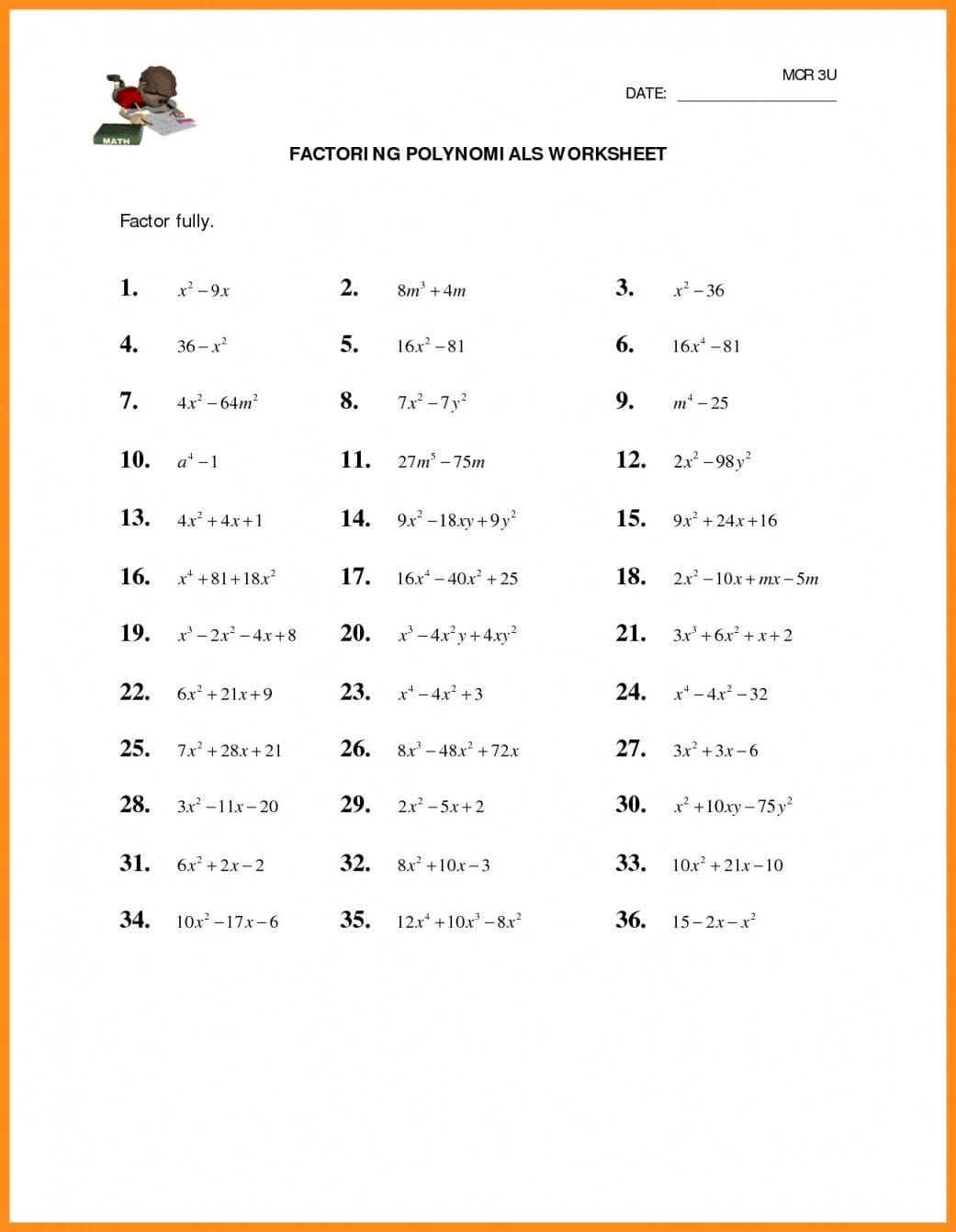
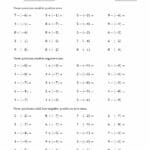
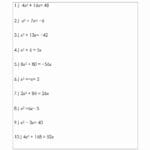

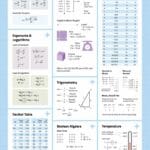
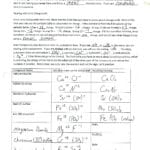
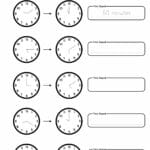










1 thought on “Mastering Polynomial Multiplication: Free Worksheets and Answer Keys (Grades 6-9)”
Comments are closed.